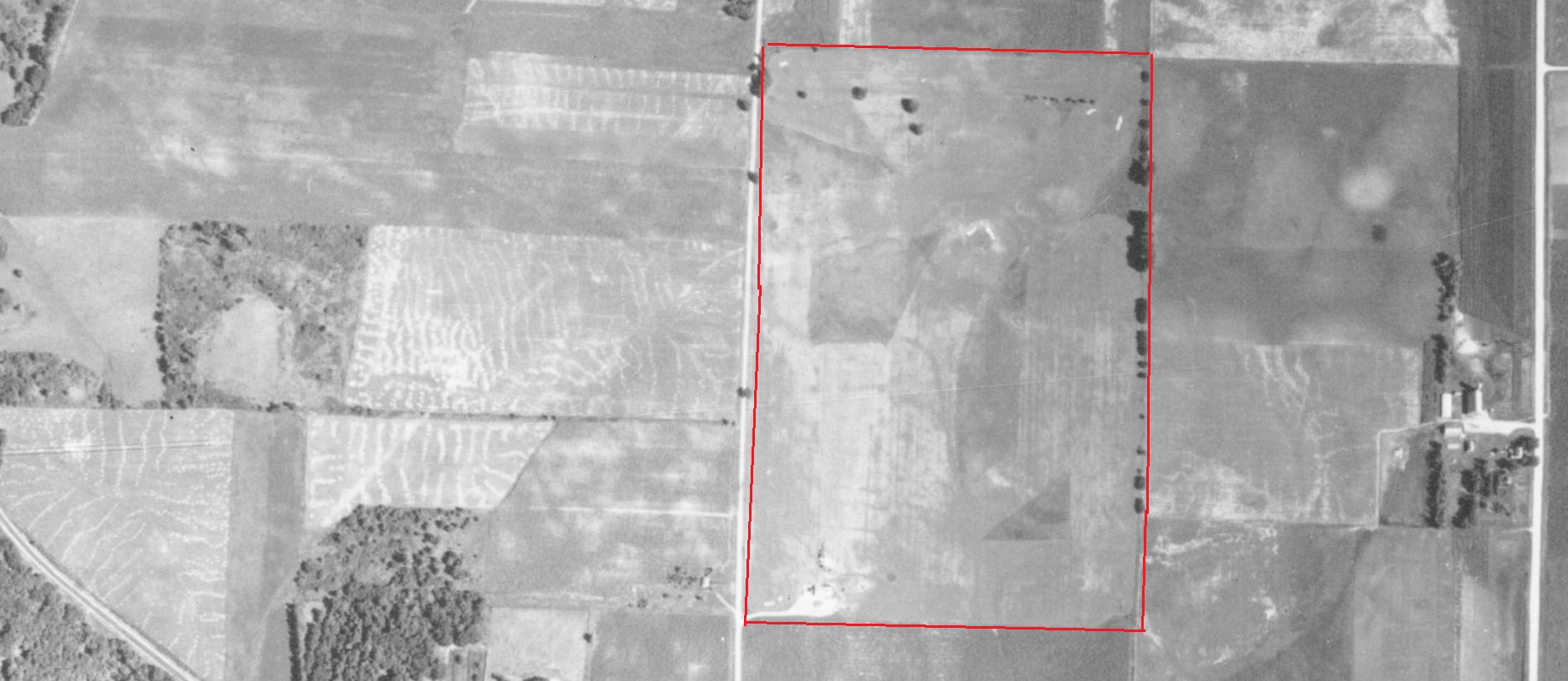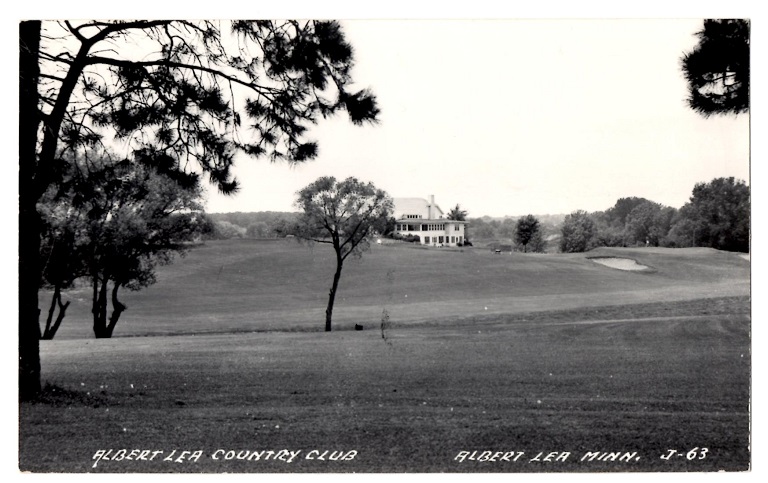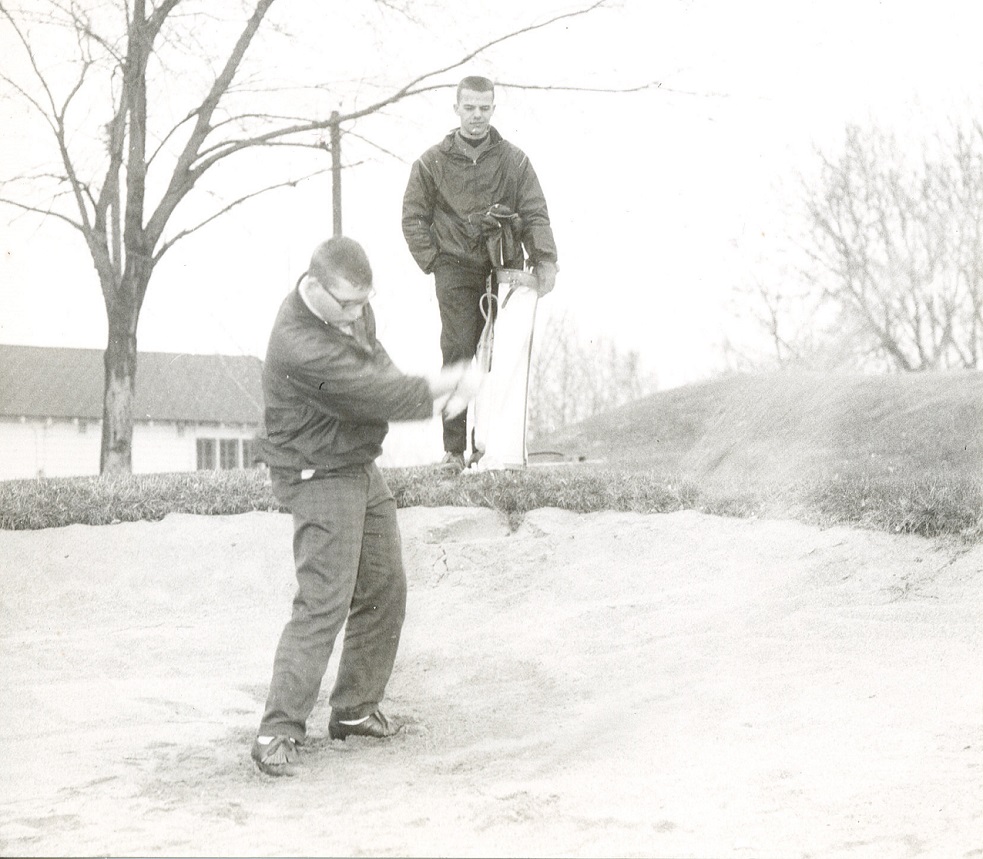George Klukow and Oliver Flesche had the right idea, if you ask me.
In early 1930, Klukow and Flesche launched a golf course just north and west of the Albert Lea city limits, about a mile north of the since-closed Albert Lea Country Club. Their intent seemed clear, reading between the lines of an Albert Lea Tribune story from May 14, 1931.
“This is the kind of course that the city has needed for some time,” read one sentence in the Tribune.
In other words, the kind of course that everyone could play. A public course.
Until 1931, Albert Lea’s only golf courses (yes, I wrote courses, plural, and I’ll get to that) had been private, with Albert Lea CC standing prominently in southeastern Minnesota. But as it was with most country clubs, membership there was an impossible financial reach for the Toms, Dicks and Olavs of the day.
That’s why I liked Klukow and Flesche’s idea — make golf available to everyone in Albert Lea. Their 1931 creation likely was one of the first three or four daily-fee golf courses in southeastern Minnesota.
To boot, they had another excellent idea in naming for the course. Perhaps in looking to appeal to a less formal side of the game, Klukow and Flesche chose a name devoid of pretense.
“Recreation Golf Course Open to Public Tomorrow,” read a headline in the May 2, 1931, Albert Lea Tribune.
“Yielding to the increased demand of players the Recreation golf links will be open to the public tomorrow,” the story began. More details followed: the course would be open to the public, would consist of nine holes, and a few temporary tees would be employed until new ones could be grown in.
“The course is large, having a yardage of 3,165 and par on the course is 36,” the story continued. “The rolling ground adds to the attractiveness of the course.”
The May 14 Tribune story added more. The course would have sand greens, at least to start (that was the norm for Minnesota’s public courses of that era). There would be one par 5, of 475 yards, and one par 3, of 181 yards. There would be “a few natural hazards and one or two constructed traps.”
“Too much cannot be expected the first year as it takes nearly five years to make a good course.”
Klukow and Flesche retained Jack Gallett, who had been hired earlier in the year to become Albert Lea Country Club’s professional, to design the course. The grounds were situated “north of the Wedge Seeds warehouse,” the Tribune reported.

Klukow and Flesche’s creation lasted only about a decade and met a fate similar to that of many comparable courses. Longtime Albert Lea resident Andy Dyrdal recalled in a telephone conversation with me that he had played the Recreation course long ago, and he was paraphrased in a 2013 Albert Lea Tribune as saying, “With many young men gone during World War II, it was plowed under to become farmland.”
EARLIER — AND EARLIER THAN THAT
Before the Recreation course, there was Albert Lea Country Club, established almost two decades earlier, in 1912.
Albert Lea CC was a golf course of historical standing in Minnesota. It was one of the first 20 courses in the state, according to records I am keeping. (They aren’t “official” records, I suppose, but I’ll be honest: I doubt anyone has a more accurate list. If so, kudos.)
But Albert Lea Country Club wasn’t even the first course in town. What was?
Hint-hint, read the March 10, 1904, edition of the Albert Lea Tribune.
“A golf club meeting will be held at the Elk club rooms Tuesday, March 15 … for investigating as to sentiment, opportunities and organization.”
In other words, Albert Lea, polish up those spoons. And not the ones in your silverware drawers, either.
The aforementioned meeting was “quite well attended,” the Tribune reported on March 16. C.D. Cowgill, who judging by records was an executive with Western Grocer Co., was appointed president. A committee was established to “look up grounds.” It was estimated it would take $500 to establish and maintain grounds in the club’s first year, and the club was seeking a membership of 50 at $15 each, or $5 each for “ladies.”
None of which was proof that a pre-Country Club golf course actually existed in Albert Lea. A Tribune story from one year later, however, clears up the matter, at least in my mind.
“The Albert Lea Golf Club has held its annual meeting,” the Tribune reported on March 6, 1905. “The club has arranged to enlarge the grounds by using the land west of the ball park.”
A Minneapolis Journal story the next week, presumably a summation of the Albert Lea Tribune story, reported that W.A. Morin was the club’s new president. William Albert Morin owned many large tracts of land in and around Albert Lea at the turn of the 20th century; he also helped bring the Illinois Central railway into town.
As for location of the Albert Lea Golf Club grounds, determining the site of “the ball park” is vital. Searches through newspapers showed that Albert Lea’s baseball stadium changed places multiple times through the 1890s and early 1900s. In 1900, however, a new ballpark opened on West Clark Street, west of downtown, apparently near the city’s rail yard. Best guess on the site of Albert Lea’s first golf course, then, is that it was just northwest of what is now the intersection of Clark Street and Minnesota Highway 13.
I don’t know that for sure. Nor do I know how long Albert Lea Golf Club lasted. Skimming in two sessions a multitude of late spring-early summer editions of the Tribune from that era revealed no mentions of local golf, even through 1911, the year before Albert Lea Country Club was established, and it is at this point that I must apologize. My appetite for researching was diminished shortly after I came across an advertisement, the likes of which was common from that era in newspapering, that began:
“Educate Your Bowels.”
Photo at top of post by Peter Wong.


